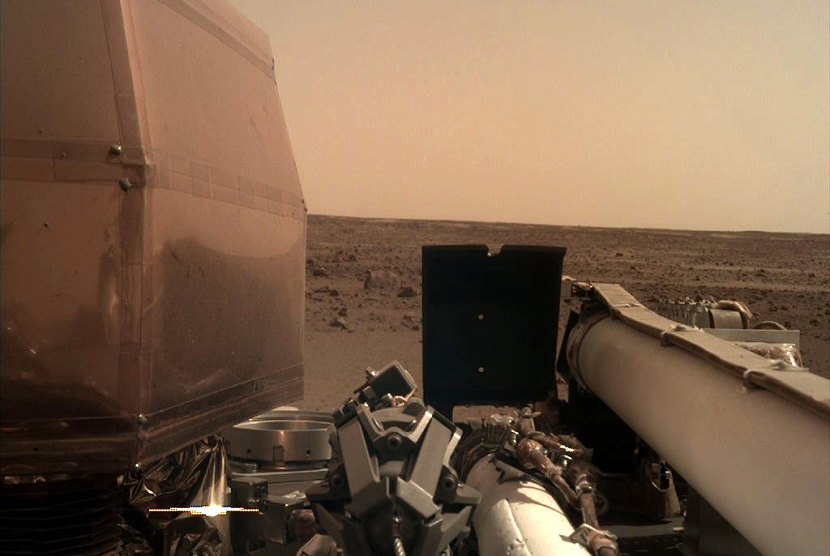Research published in the journal The Seismic Record, describes how two Martian earthquakes were detected from InSight data. The first occurred on August 25, 2021, and the second shortly after that on September 18, 2021.
Both events are significant for a number of reasons. First, it was the largest mars earthquake detected to date. Second, the quake occurred on the far side of Mars from InSight, while most of the detected mars earthquakes came from near the lander.
The August earthquake, called S0976a, had a magnitude of 4.2 while the September earthquake, called S1000a, had a magnitude of 4.1. This force made the quake five times stronger than previously detected Martian quakes.
The first earthquake lasts for a typical period of a few seconds. However, the second earthquake lasted a long time. The total is 94 minutes, making it the longest recorded event so far. It also has an incredibly wide frequency, meaning its energy is spread across the entire frequency from 0.1Hz to 5Hz.
“Not only is it the largest and most distant event by a sizeable margin, S1000a has a spectrum and duration unlike any other previously observed event,” lead researcher Anna Horleston said in a statement.
The first earthquake is especially interesting because it was found to originate from the Valles Marineris canyon network. Researchers had previously expected seismic activity in this region, but this was the first time they had actually found it there. In contrast, most of the mars earthquakes detected to date have come from the Cerberus Fossae region.
The quake originated on the planet’s far side from the InSight lander, in an area called the core shadow zone. This is the region where seismic waves (called P and S waves) cannot propagate directly to the lander, because the planet’s core is blocking them. To detect the origin of the earthquake, researchers must look at the reflection of these waves (PP and SS waves).
The ability to detect mars earthquakes coming from this zone is a major achievement in seismology on Mars.
“Recording events within the core shadow zone is a real stepping stone to our understanding of Mars. Prior to these two events, the majority of seismicity was within about 40 degrees of InSight,” said Savas Ceylan, co-author of the paper from the ETH Zürich institute.
–


